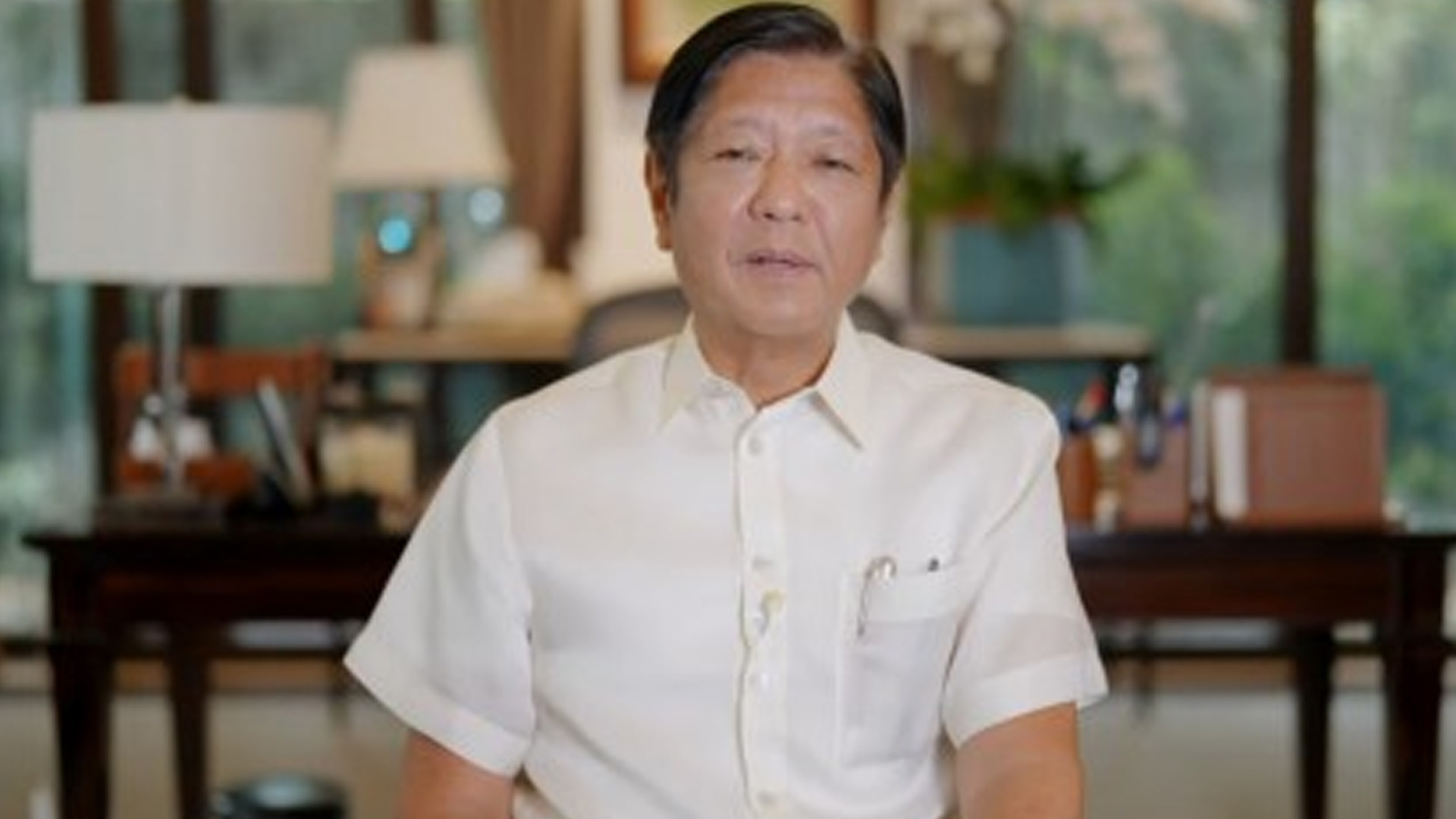Aside from captivating islands and beaches, President Ferdinand R. Marcos Jr. honored the rich diversity of the Philippines’ culinary scene and cited it as a potential driver of tourism.
In his latest vlog shared on social media Sunday, Marcos celebrated the rich flavors of Filipino culture which distinguish the country from anywhere in the world.
“We’re very hospitable. Ano ‘yung pinakamagandang regalo mo sa bisita? Masarap na pagkain. Pag-alis nga ‘yung hindi nakain, ibabalot mo pa para meron silang baon. ‘Yun ang ugali ng Pilipino eh (What is our best gift to our guests? Delicious Filipino food. At times, untouched food are wrapped and given to our guests so they have something to eat on their trip. That’s the Filipino habit),” Marcos said.
“Cuisine and hospitality have become such important parts of our life,” he added.
The President highlighted regional diversity of Filipino cuisine which he said provides a flavorful journey for visitors and helps establish a resilient culinary legacy.
“Gastronomic tourism kung tawagin dahil nagdadala talaga ng turista ang pagkain (They call it gastronomic tourism because food really attracts tourists). Food does not only feed the stomach, ika nga (they say), it also feeds the soul,” he said.
He shared his favorite Ilocano dishes such as dinardaraan (Ilocano dinuguan or pork blood stew), bagnet (deep fried pork belly), empanada (fried turnover with fillings) and kilawin (sliced boiled meat or seafood with lemon and vinegar, usually eaten as appetizer).
Likewise, the Chief Executive urged Filipinos to promote the country’s rich culture and culinary heritage, even as he underscored the relevant contribution of local micro, small, and medium-sized enterprises (MSMEs) in helping drive the economy.
“Patuloy po nating suportahan ang ating lokal na pagkain at produkto. Suportahan natin ang ating mga MSMEs (We will continue to support our local food and products. Let’s support our MSMEs),” Marcos said.
“Sa mga OFWs (overseas Filipino workers), ipasubok pa natin ang mga pagkaing Filipino sa ating mga kaibigang dayuhan tapos ay imbitahin na natin dito sa Pilipinas (To our OFWs, continue promote Filipino food to your foreign friends and invite them to visit here in the Philippines),” he added. (PNA)







